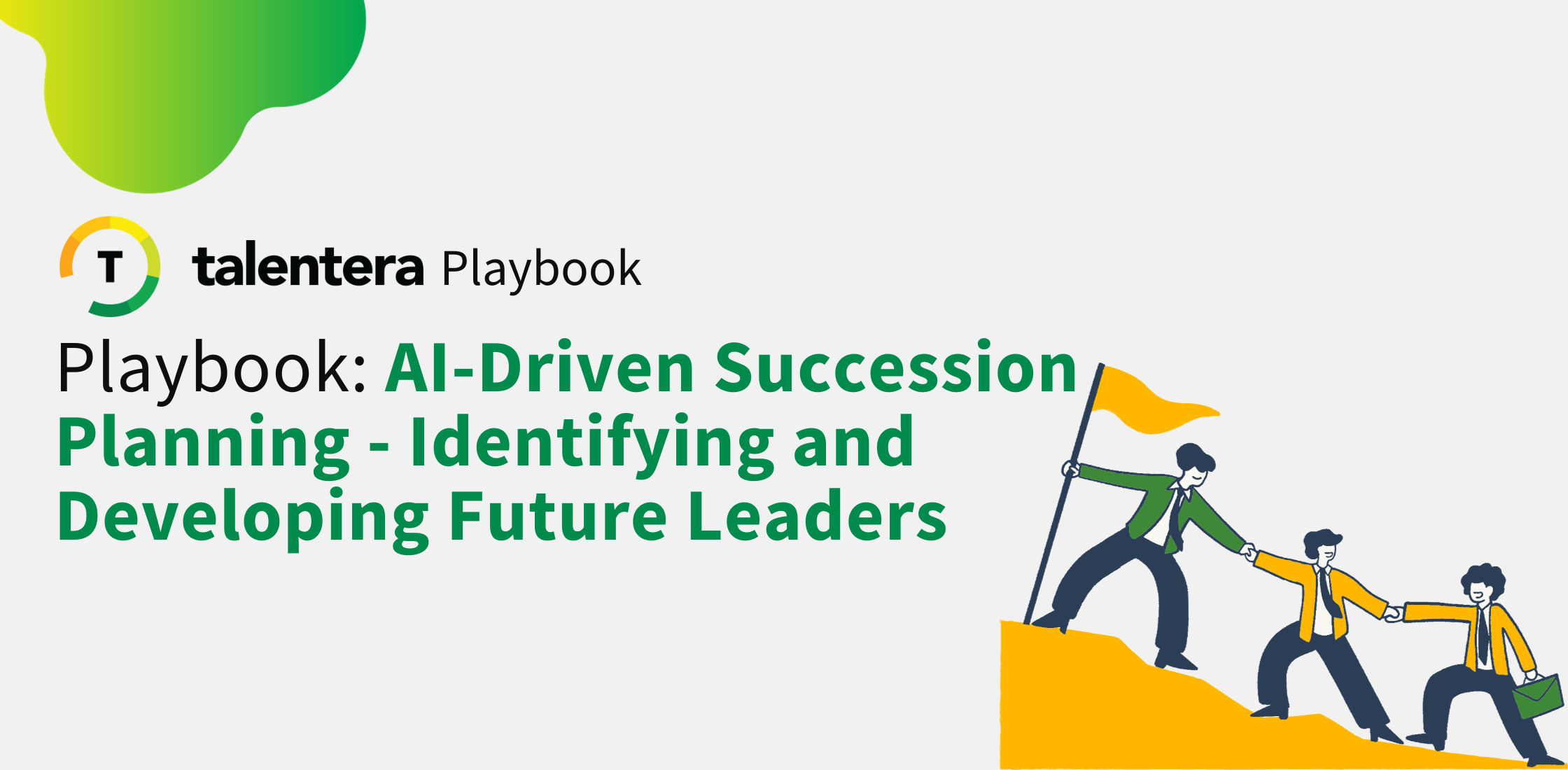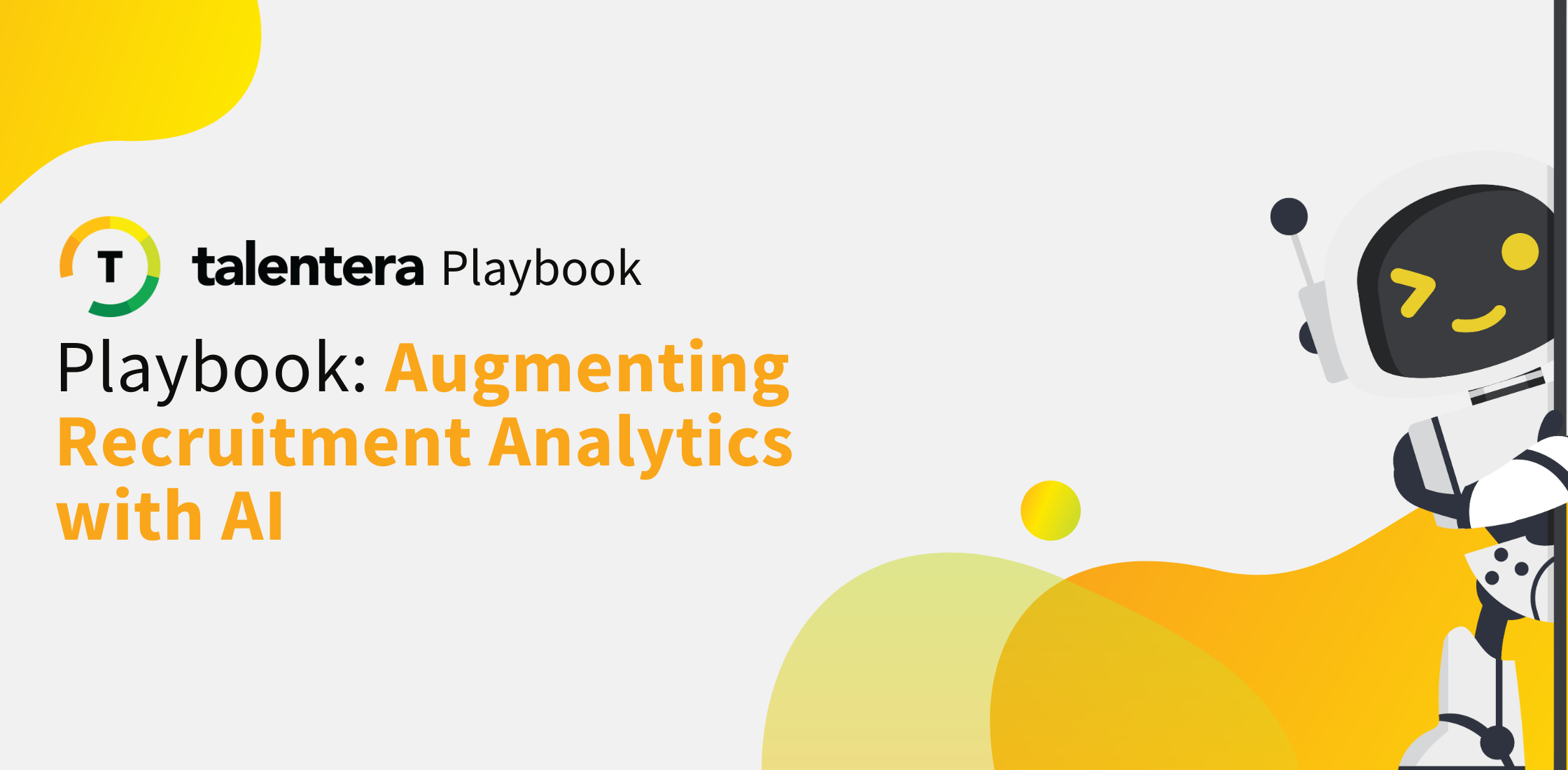The AI-ATS Playbook: Supercharging Talent Acquisition
Talent acquisition is a critical function for organizations aiming to attract and retain top talent. In today’s fast-paced and competitive business landscape, leveraging technology has become essential to gain a competitive edge in the hiring process. One such powerful combination is the integration of Artificial Intelligence (AI) and Applicant Tracking Systems (ATS). By harnessing the potential of AI and ATS, organizations can supercharge their talent acquisition efforts, streamline workflows, enhance candidate experiences, and make data-driven hiring decisions.
The synergy between AI and ATS introduces a new era of recruitment, revolutionizing the way organizations identify, engage, and hire top talent. Just like Iron Man’s suit empowers him to conquer challenges, the integration of AI and ATS empowers talent acquisition teams to transform the hiring process into a smart, efficient, and highly effective operation.
This playbook serves as a guide to help organizations maximize the potential of AI and ATS in their talent acquisition strategy. By following the steps outlined below, you can unlock the full power of this dynamic duo and take your talent acquisition efforts to new heights.
Step 1: Define Your Talent Acquisition Strategy
- Understand your organization’s goals, values, and hiring needs: Conduct a thorough analysis of your company’s short-term and long-term objectives, organizational culture, and specific talent requirements. This understanding will help align your talent acquisition strategy with the overall business strategy. Consider factors such as growth plans, diversity and inclusion goals, and the desired employer brand image.
- Identify key roles and skill sets required for success: Work closely with hiring managers and department heads to determine the critical positions within your organization. Identify the necessary skills, qualifications, and experience for each role to attract the right candidates. Consider future skill requirements and emerging job roles to ensure your talent acquisition strategy remains agile and future-oriented.
- Determine the qualities and characteristics of your ideal candidates: Define the ideal candidate profile for each position by considering not only their skills and qualifications but also their cultural fit, values, and potential for growth within the organization. This holistic approach ensures that you attract candidates who align with your organization’s values and have the potential to thrive and contribute to its success.
Step 2: Implement an AI-Integrated ATS
- Evaluate and select an ATS that offers robust AI capabilities: Research and compare different ATS providers, considering factors such as AI-powered automation, resume parsing, intelligent screening, and advanced analytics. Choose a platform that aligns with your organization’s size, budget, and specific needs. Look for features such as AI-driven candidate matching, automated interview scheduling, and data-driven insights.
- Customize the system to align with your organization’s unique requirements: Tailor the ATS to reflect your branding, career site design, and workflow preferences. Configure the system to capture and track the data and metrics that are most important to your talent acquisition goals. Customization ensures that the ATS becomes an integrated part of your recruitment process, reflecting your employer brand and providing a seamless candidate experience.
- Ensure seamless integration with existing HR and recruitment processes: Collaborate with your IT team to integrate the ATS with other HR systems, such as your HRIS or payroll software. This integration will enable efficient data sharing and streamline the recruitment workflow. Ensure that data flows seamlessly between systems, eliminating manual data entry and improving data accuracy.
Step 3: Optimize Job Descriptions and Candidate Screening
- Use AI-powered tools to craft compelling job descriptions: Leverage AI tools to analyze job market data and generate data-driven insights for creating effective job descriptions. Incorporate relevant keywords, highlight key responsibilities and qualifications, and showcase your company’s unique value proposition. AI can provide valuable guidance on language, tone, and formatting to attract the right candidates.
- Leverage natural language processing to identify and eliminate biases: AI-powered language processing tools can help identify and remove unconscious biases from job descriptions, ensuring inclusivity and fairness in the hiring process. These tools can flag biased language, gender-coded words, or other potential biases, allowing you to make necessary adjustments and promote diversity in your job postings.
- Implement automated resume screening to efficiently identify top candidates: Set up AI-driven resume screening algorithms that analyze resumes based on predefined criteria and rank candidates according to their fit for the role. This automated process saves time and helps identify the most qualified candidates quickly. AI can also identify patterns and trends among successful hires, allowing you to refine your screening criteria over time.
Step 4: Enhance Candidate Experience
- Leverage AI-driven chatbots to provide instant responses to candidate queries: Implement chatbot technology to engage with candidates, answer frequently asked questions, and provide timely updates on their application status. AI-powered chatbots can offer personalized and interactive experiences, enhancing candidate engagement. Chatbots can handle high-volume inquiries, provide 24/7 support, and ensure consistent communication throughout the hiring process.
- Offer personalized job recommendations based on candidate profiles and preferences: Utilize AI algorithms to analyze candidate profiles, job preferences, and historical data to deliver tailored job recommendations. This personalized approach increases candidate satisfaction and engagement. By presenting candidates with relevant opportunities, you can enhance their experience and demonstrate that you understand their career aspirations.
- Provide real-time application updates and seamless communication channels: Implement ATS features that allow candidates to track the progress of their applications, receive automated updates, and communicate with recruiters and hiring managers seamlessly. This transparency and open communication contribute to a positive candidate experience. Candidates appreciate timely feedback, clear instructions, and the ability to ask questions or provide additional information easily.
Step 5: Harness Predictive Analytics for Smarter Decisions
- Utilize AI algorithms to analyze historical data and predict candidate success: By leveraging AI-powered predictive analytics, you can analyze past hiring data to identify patterns and indicators of candidate success. These algorithms can assess various data points, such as qualifications, experience, skills, and performance metrics, to predict the likelihood of a candidate’s success within your organization. This empowers you to make more informed decisions when evaluating candidates and increases the chances of hiring top-performing individuals.
- Gain insights into hiring trends, market conditions, and talent availability: Predictive analytics can provide valuable insights into hiring trends, market conditions, and the availability of talent. By analyzing external factors such as industry trends, economic indicators, and competitor analysis, you can better understand the talent landscape and adjust your recruitment strategies accordingly. This knowledge helps you proactively source candidates, anticipate talent shortages, and adapt your hiring approach to attract the best-fit candidates.
- Identify patterns and correlations to make data-driven hiring decisions: AI algorithms can identify hidden patterns and correlations in your hiring data that may not be apparent to human recruiters. By analyzing a vast amount of data, including candidate profiles, assessment results, interview feedback, and performance data, you can uncover valuable insights. These insights can inform your decision-making process, enabling you to make data-driven hiring decisions that align with your organization’s talent acquisition goals.
Step 6: Foster Collaboration and Streamline Workflows
- Enable real-time collaboration among hiring team members through the ATS: An AI-integrated ATS facilitates seamless collaboration among recruiters, hiring managers, and other stakeholders involved in the talent acquisition process. It provides a centralized platform where team members can share candidate profiles, exchange feedback, and collaborate in real-time. This streamlines communication, eliminates the need for lengthy email chains or physical paperwork, and ensures that everyone is aligned throughout the hiring process.
- Facilitate efficient communication, feedback, and evaluation of candidates: With an AI-powered ATS, you can streamline communication and feedback exchange between hiring team members and candidates. Automated notifications and reminders ensure that everyone stays on track and provides timely feedback. The ATS allows for easy tracking of candidate evaluations, notes, and interview outcomes, making it simpler to compare candidates and make informed decisions collaboratively.
- Centralize candidate information, notes, and evaluations for better decision-making: An AI-integrated ATS serves as a centralized repository for all candidate-related information, including resumes, applications, interview notes, and evaluations. This centralization ensures that all hiring team members have access to the latest information, reducing the chances of miscommunication or duplicate efforts. Having a single source of truth enables better decision-making by providing a comprehensive overview of each candidate’s qualifications, interview performance, and feedback.
Step 7: Continuously Evaluate and Improve
- Monitor key performance metrics to measure the effectiveness of your AI-ATS implementation: Implementing AI and ATS in talent acquisition requires continuous evaluation of its impact. Define key performance metrics such as time-to-hire, quality of hires, candidate satisfaction, and cost per hire. Regularly analyze these metrics to assess the effectiveness of your AI-ATS implementation and identify areas for improvement. By tracking these metrics, you can measure the ROI of your technology investment and make informed decisions to optimize your talent acquisition strategies.
- Gather feedback from recruiters, hiring managers, and candidates to identify areas for improvement: Solicit feedback from recruiters, hiring managers, and candidates to gain valuable insights into their experience with the AI-ATS system. Gather feedback through surveys, interviews, or feedback sessions to identify pain points, areas of improvement, and opportunities to enhance the user experience. This feedback loop allows you to make iterative improvements and refine your processes to better meet the needs of your hiring stakeholders.
- Stay updated with the latest advancements in AI and ATS technologies to maximize their potential: The field of AI and ATS is constantly evolving, with new technologies and features being introduced regularly. Stay updated with the latest advancements, attend industry conferences, and engage in continuous learning to maximize the potential of AI and ATS in your talent acquisition efforts. By staying ahead of the curve, you can leverage cutting-edge technologies and techniques to gain a competitive advantage in attracting, evaluating, and hiring top talent.
By following this AI-ATS playbook, you can unlock the full potential of talent acquisition and revolutionize your hiring processes. With AI-powered automation, enhanced candidate experiences, and data-driven decision-making, you’ll be able to attract, engage, and hire top talent with efficiency and confidence. Embrace the power of AI and ATS to supercharge your talent acquisition strategy and gain a competitive edge in today’s fast-paced hiring landscape.
Remember, the future of talent acquisition is here, and it’s powered by AI and ATS. Take the leap and unleash the true potential of your organization’s hiring capabilities.
If you’re ready to supercharge your talent acquisition strategy, contact Talentera today and explore our AI-integrated ATS solutions. Visit our website for more information and to request a demo.








